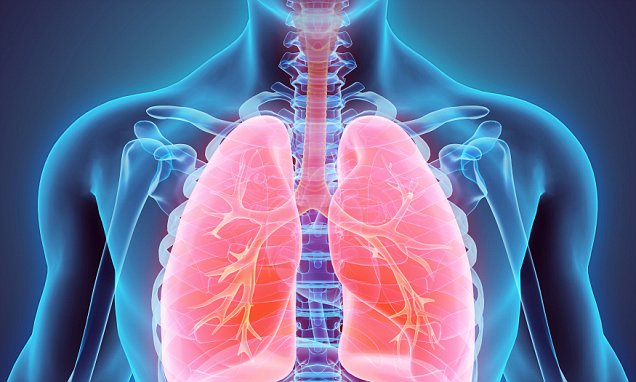Working Time
- Mon-Thu 08:00 - 20:00
Friday 07:00 - 22:00
Saturday 08:00 - 18:00
Contact Info
-
Phone: 1-800-267-0000
1-800-267-0001 - info@dentco.net
Ask the Experts
Bronchiectasis

Bronchiectasis is a condition in which the airways becomes wide flabby and scarred. Bronchiectasis can be congenital or acquired. This condition is the result of an infection or other conditions which injures the airways walls or prevents the airways from clearing mucus. When mucus cannot be cleared, it builds up and creates an environment which is optimal for bacterial growth. Results in recurrent and serious lung infections. Bronchiectasis can affect just one section of one of your lungs or many sections of both lungs.
Progression of bronchiectasis can lead to serious health problems, such as respiratory failure, heart failure or atelectasis
SIGNS AND SYMPTOMS OF BRONCHIECTASIS:
The most common signs and symptoms of bronchiectasis are:
- Chronic cough that occurs over months or years
- Shortness of breath and wheezing
- Chest pain
- Clubbing
Over time, these symptoms may worsen. You may cough up blood or bloody mucus and feel very tired. It would lead to weight loss in children and they may not grow at a normal rate.
DIAGNOSTIC TESTS AND PROCEDURE:
- Chest X-ray
- Chest CT scan
- Pulmonary function test
- Blood tests to show whether you have an underlying condition that can lead to Bronchiectasis.
- Bronchoscopy.
TREATMENT:
The goals of the treatment are to:
Treat underlying conditions and lung infections.
Mucus removal. Maintaining good hydration which helps with mucus removal and prevent complications.
- Antibiotics are the main treatment for the repeated lung infections that Bronchiectasis causes.
- For hard-to-treat infections, your doctor may prescribe intravenous (IV) antibiotics.
- Expectorants and mucus thinners to help cough up mucus.
- Drinking plenty of fluid, especially water, helps prevent airway mucus from becoming thick and sticky. Good hydration helps keep airway mucus moist and slippery, which makes it easier to cough up.
- Chest physiotherapy performed by physiotherapist followed by respiratory exercises. These exercises if done regularly can prevent progression of the disease.
- Early diagnosis and treatment of the underlying cause of Bronchiectasis may help prevent further lung damage.
- If the Bronchiectasis is widespread and causing respiratory failure, oxygen therapy it recommended. Doctor also may recommend Bronchodilators, inhaled cysticercoids, oxygen therapy, or surgery in few cases. Selected patient with localized disease, surgery could be considered.
COMPLICATIONS OF BRONCHIECTASIS:
Severe bronchiectasis can lead conditions such as to respiratory failure and atelectasis. When bronchiectasis affects all the parts of the airways it may cause heart failure.

